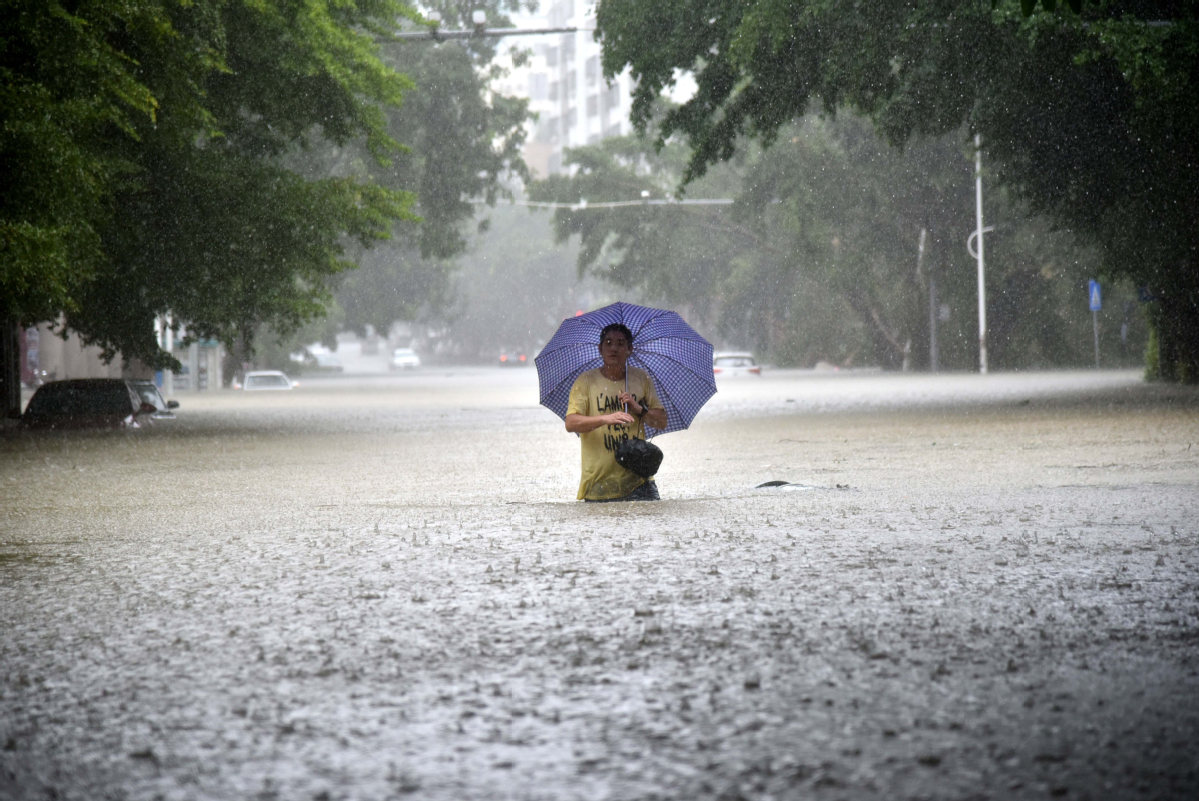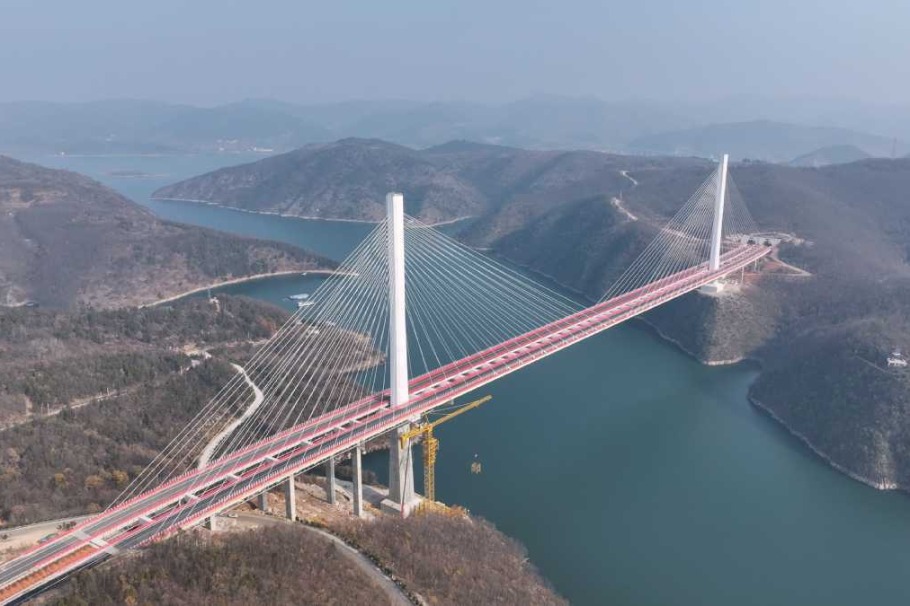Coastline to provide natural storm defense


'Natural' coastline
Dircke, global leader for water management with ARCADIS, a design and engineering company in Amsterdam, the Netherlands, that specializes in natural and built assets worldwide, has worked on flood resilience and climate adaptation on five continents.
Most of his work has been undertaken in cities that have learned hard lessons after storms wreaked heavy destruction. He cited New Orleans in the wake of Hurricane Katrina and New York after Hurricane Sandy.
Dircke's philosophy emphasizes resilience in hard-hit areas. Because of the possibility that water will breach the highest barriers, one of the most important considerations must be "even if the structures were flooded, you are resilient enough to cope with the impact".
"Wherever you build concrete, nature will fight it and sooner or later, destroy it. Nature always wins. The greener we can make our structures, the longer they may last," he said.
He cited the example of the so-called "Sand Engine" in the Netherlands. In 2011, engineers built a sandcastle-shaped peninsula in South Holland to fortify the Delfland coast.
Before the engine was built, refilling was required every five years because the current carried sand away from the beach. Now, the current brings sand from the peninsula to the beach, meaning no refilling will be needed until 2032. That results in significant cost savings.
One of the most significant resiliency projects in which Dircke participated was the reconstruction of the "Sandy area" of New York. It may have been the most significant project of its kind anywhere in the world.
In 2012, Hurricane Sandy struck New York, leaving 43 people dead and more than 9,000 buildings flooded. In response, the United States Federal Emergency Management Agency designated 16 kilometers of Manhattan coastline as an area at a high risk of flooding, and called for designs to reconstruct the shoreline.
The winning design, named the BIG U, was built as a public park, but it provided a substantial flood protection infrastructure. It also served as an invisible flood barrier and as a public site for community integration and development.
The creative inspiration of the BIG U, combining disaster prevention and landscape design, has served as a model for flood resilience ever since. Now, it is being adopted to buttress some of the thriving construction areas of the Guangdong-Hong Kong-Macao Greater Bay Area.
One major landscape development is under construction along the Tianmu River, the main watercourse through the new district of Hengqin in the city of Zhuhai, Guangdong.
The design, by Earthasia International Holdings Ltd, a landscape architect in Hong Kong, has abandoned the traditional vertical concrete flood defense and drainage systems common in Chinese cities.
Instead, the Tianmu project incorporates a multilevel flood control design for low and normal tides, while allowing flooding at the level of a "once-in-a-half-century storm", said Mandy Kwok Siu-man, associate director at Earthasia.
Elements include a protective wetland and specially designed riverbanks around the flood plain. The banks are being built not only to absorb and retain water, but even to purify it.
The project is expected to be completed around the end of the year. If the design proves effective, it may provide an additional model for flood prevention in other Chinese cities.
Zhuhai is the site of another pilot project, the Sponge City Initiative, which started in 2015 with the aim of urging cities to improve drainage and reduce flooding.
The Ministry of Finance provided initial support ranging from 400 million yuan to 600 million yuan ($59.6 million to $89.3 million) for 16 pilot cities. A year later, the number of cities was extended to 30, including Zhuhai.



































